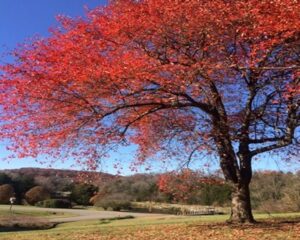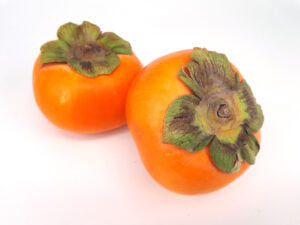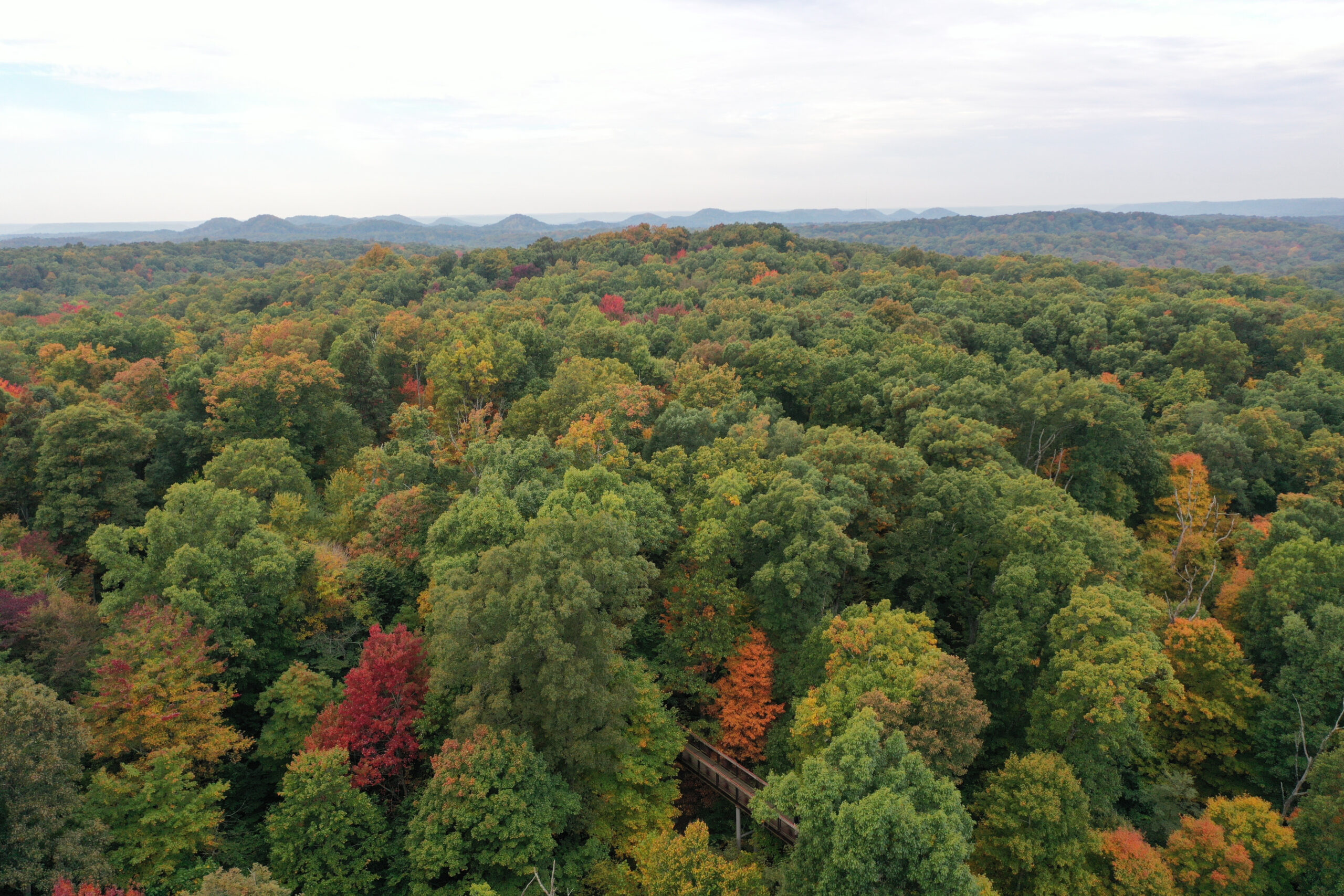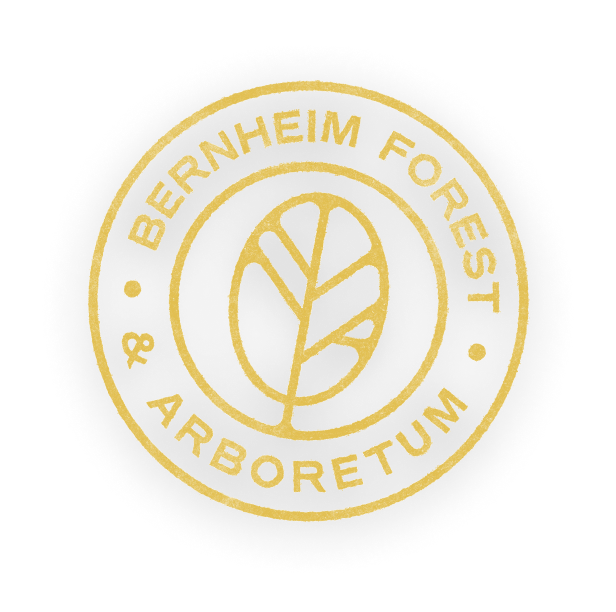By Andrew Berry
Bernheim has long been known as one of the best destinations in central Kentucky for fall colors. This year promises to be spectacular again, with colors beginning to show throughout Bernheim as we move into the first week of fall.

Fall colors are emerging particularly along the edges of forests and roadways. Walnuts are now yellowing and dropping leaves, and black gum and sassafras have begun showing colors with reds, yellows, and oranges. The spicebush in the understory is gaining yellow leaves, and vines such as Virginia creeper and poison ivy are showing reds and purples along the trunks of trees. Some flowering dogwood are now developing purple and red foliage, and the berries are now bright red. A few sugar maples are showing hints of orange, although some seem to be dropping leaves prematurely.

Many trees are still holding onto green leaves, and we expect color change to ramp up with cooler temperatures and hopefully drier and less humid conditions. With many uncommon species and varieties in the Arboretum, there will be a multitude of emerging colors throughout the next month. And let’s not overlook late summer/fall wildflowers like goldenrod now peaked and fall asters just beginning to bloom in a profusion of whites and purples.

Plants with fleshy fruits, referred to as soft mast, are producing in abundance this year at Bernheim including dogwoods, persimmons, and grapes. Persimmons are incredibly abundant this year, so heavy that some trees are bent over from the weight. These soft mast fruits are important for animals as they fatten up for winter. Species such as birds, deer, raccoons, possums, foxes, and even coyotes have been found chomping down on the fleshy fruits.
Trees with nuts, referred to as hard mast, include the white oaks and are also producing well this year. The white oak acorns will begin to fall in October, and black walnut is already dropping a large crop. Nuts will provide a great food source for wildlife, and we should see animals such as squirrels, turkey, and deer thrive this fall on the abundant food source. The white oak is a keystone species at Bernheim, providing food and shelter throughout the summer for pollinators such as moths and butterflies, habitat for birds and bats that feed on insects, and later in fall feeding larger wildlife with nutritious acorns.
Stay tuned as we keep you informed on fall color highlights. We hope to see you out at Bernheim soon!

